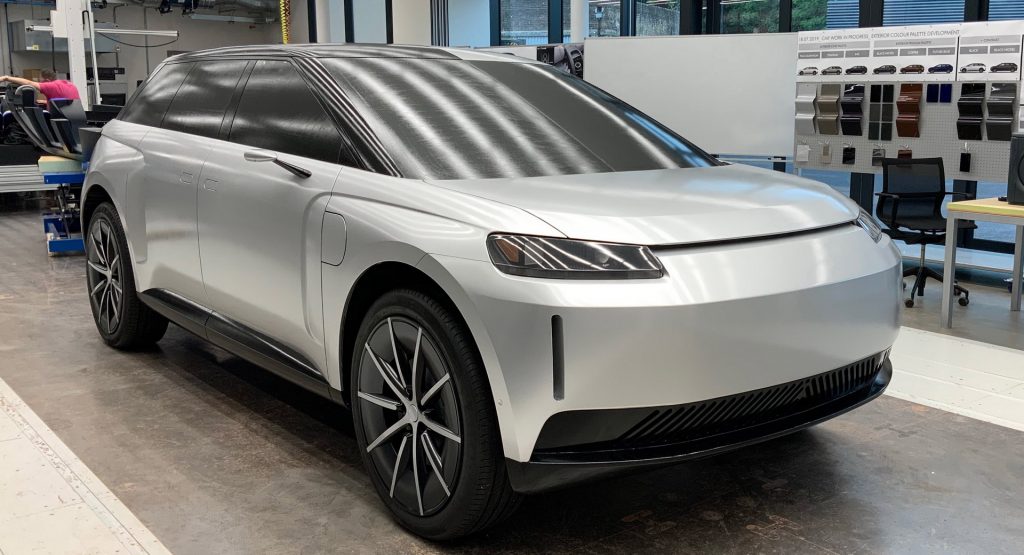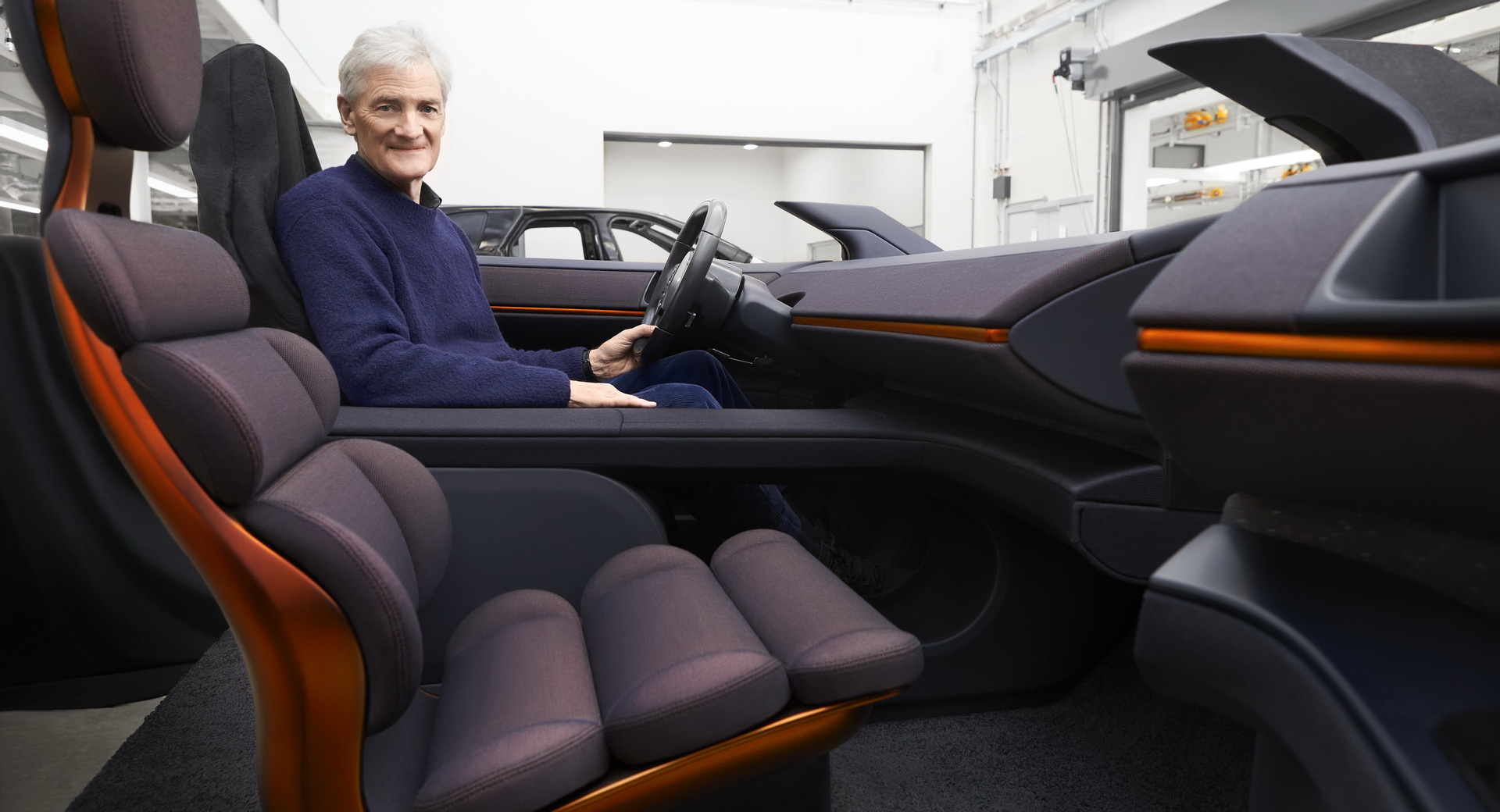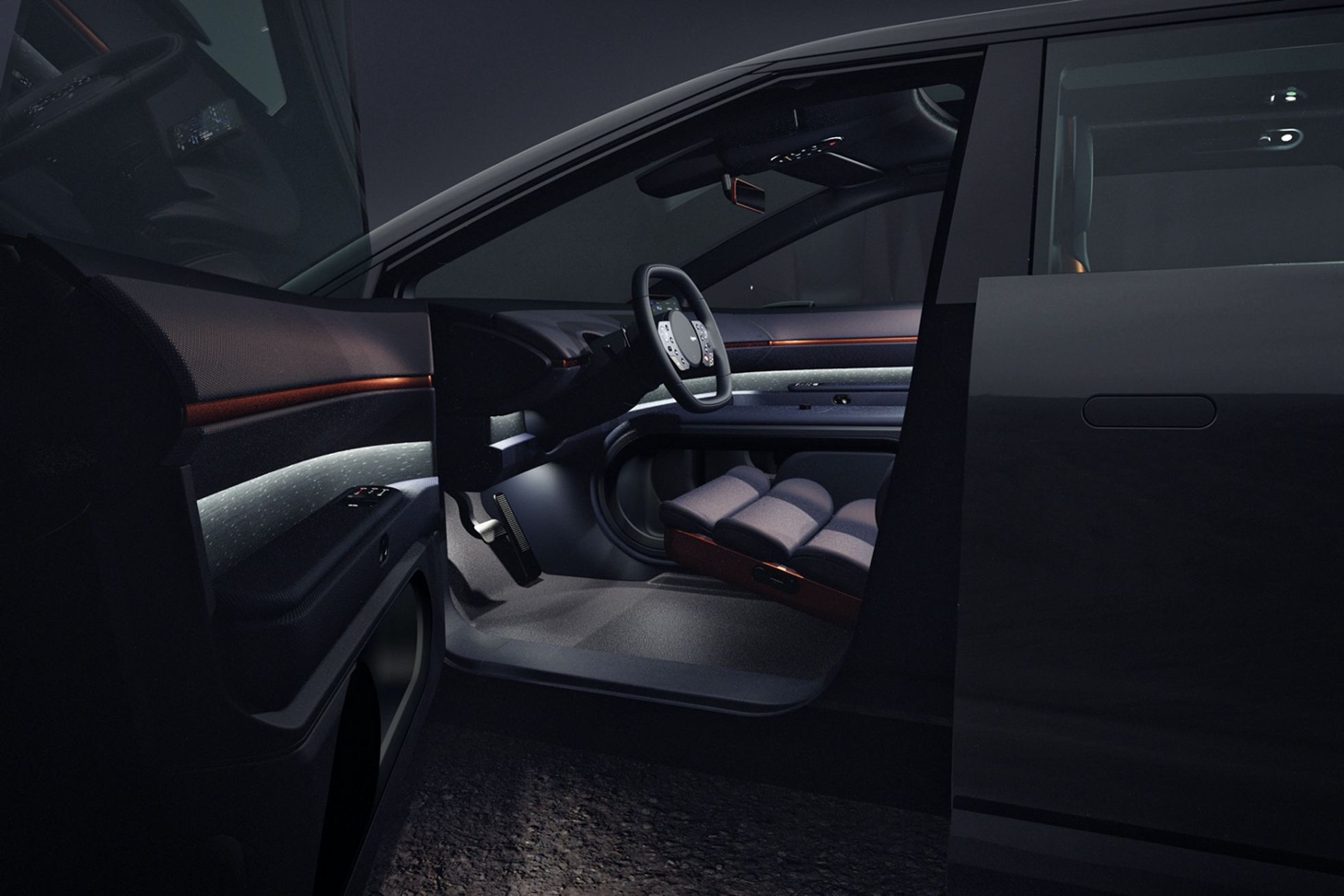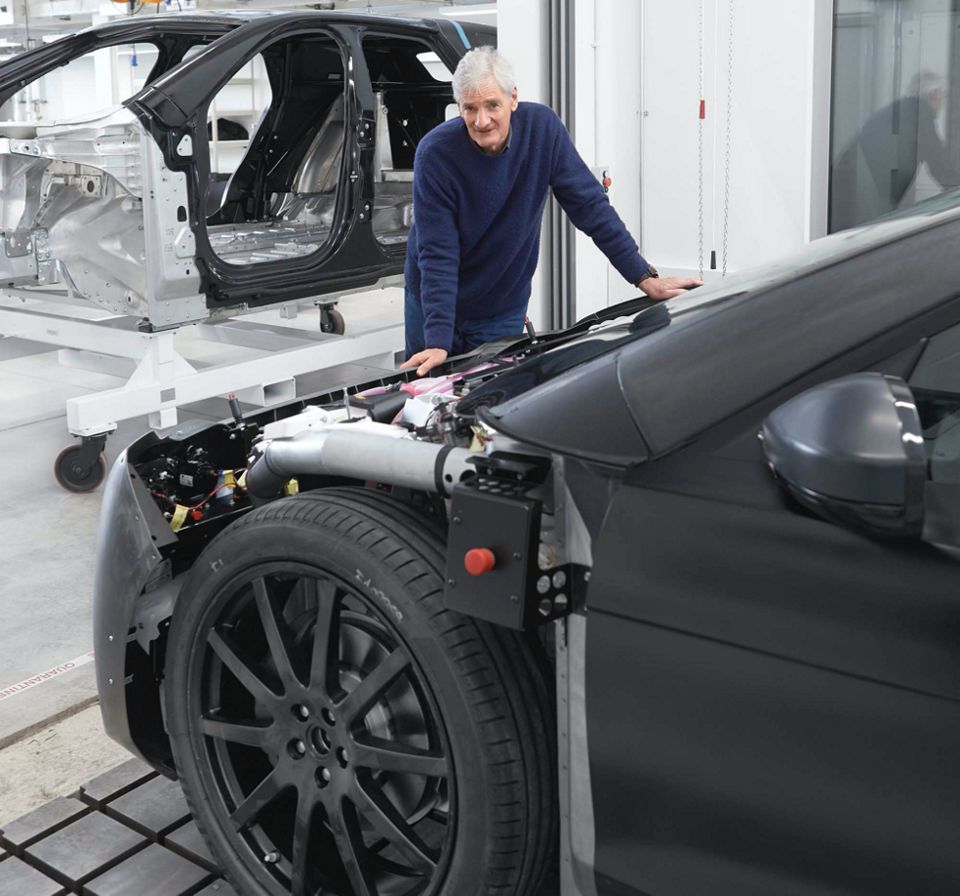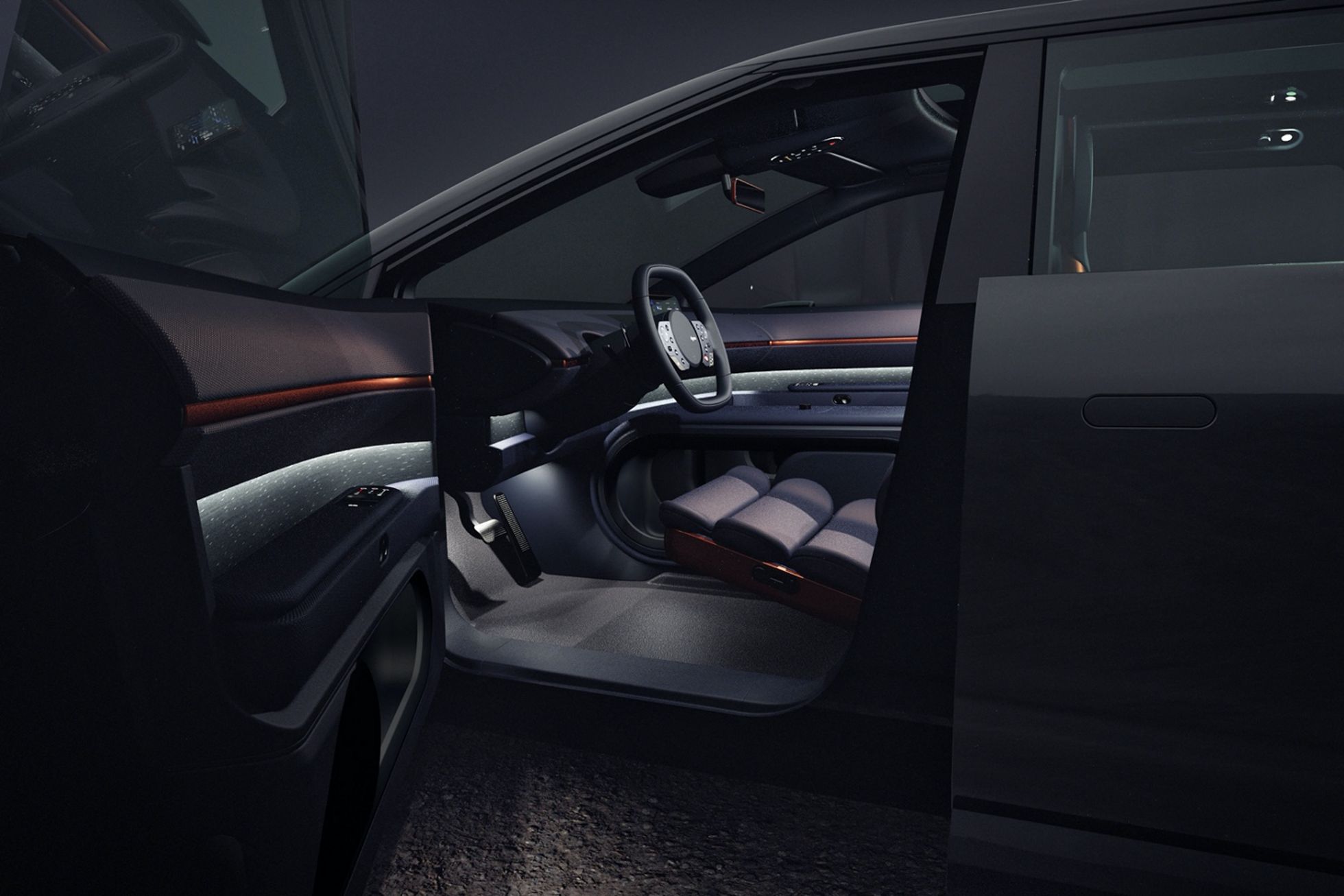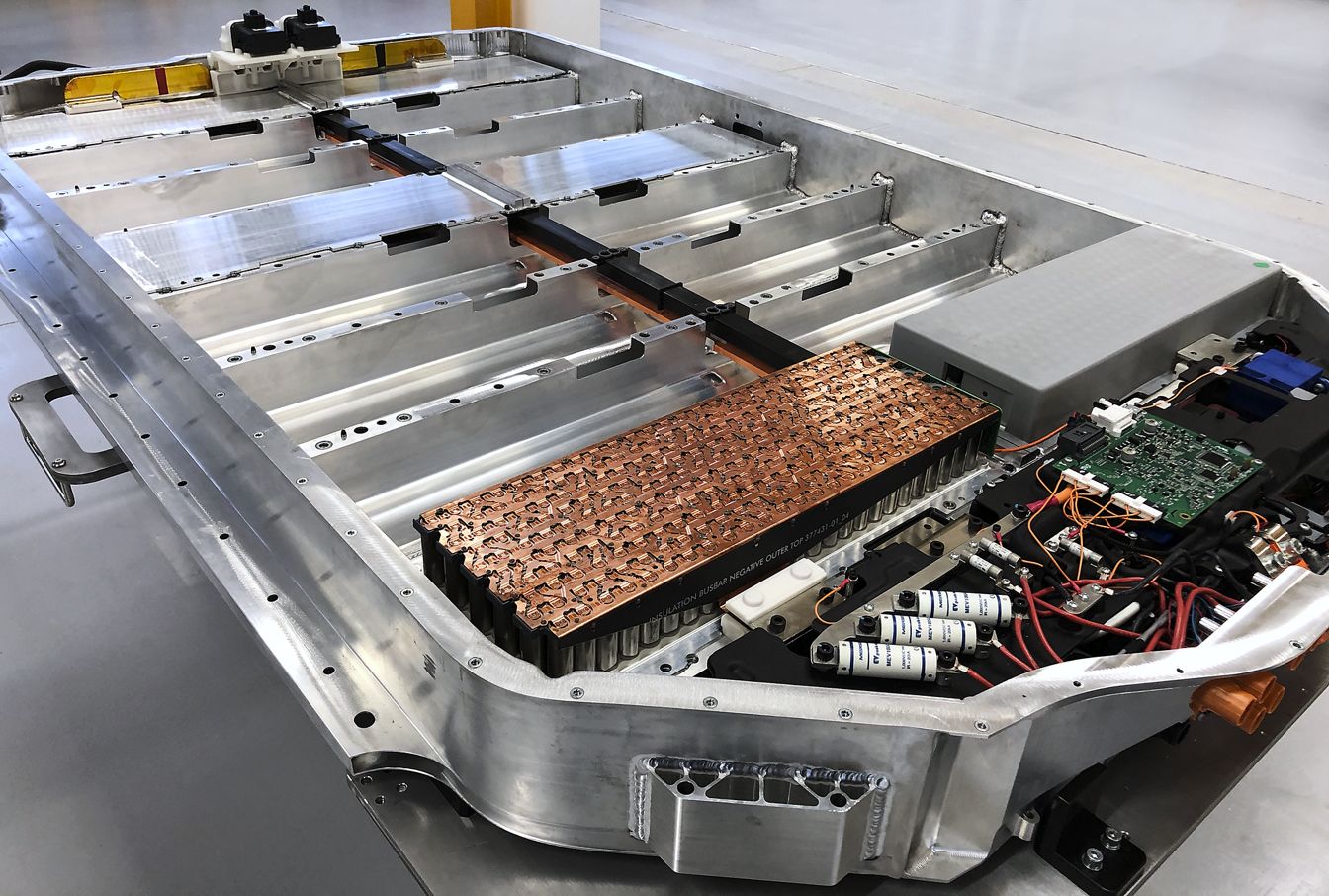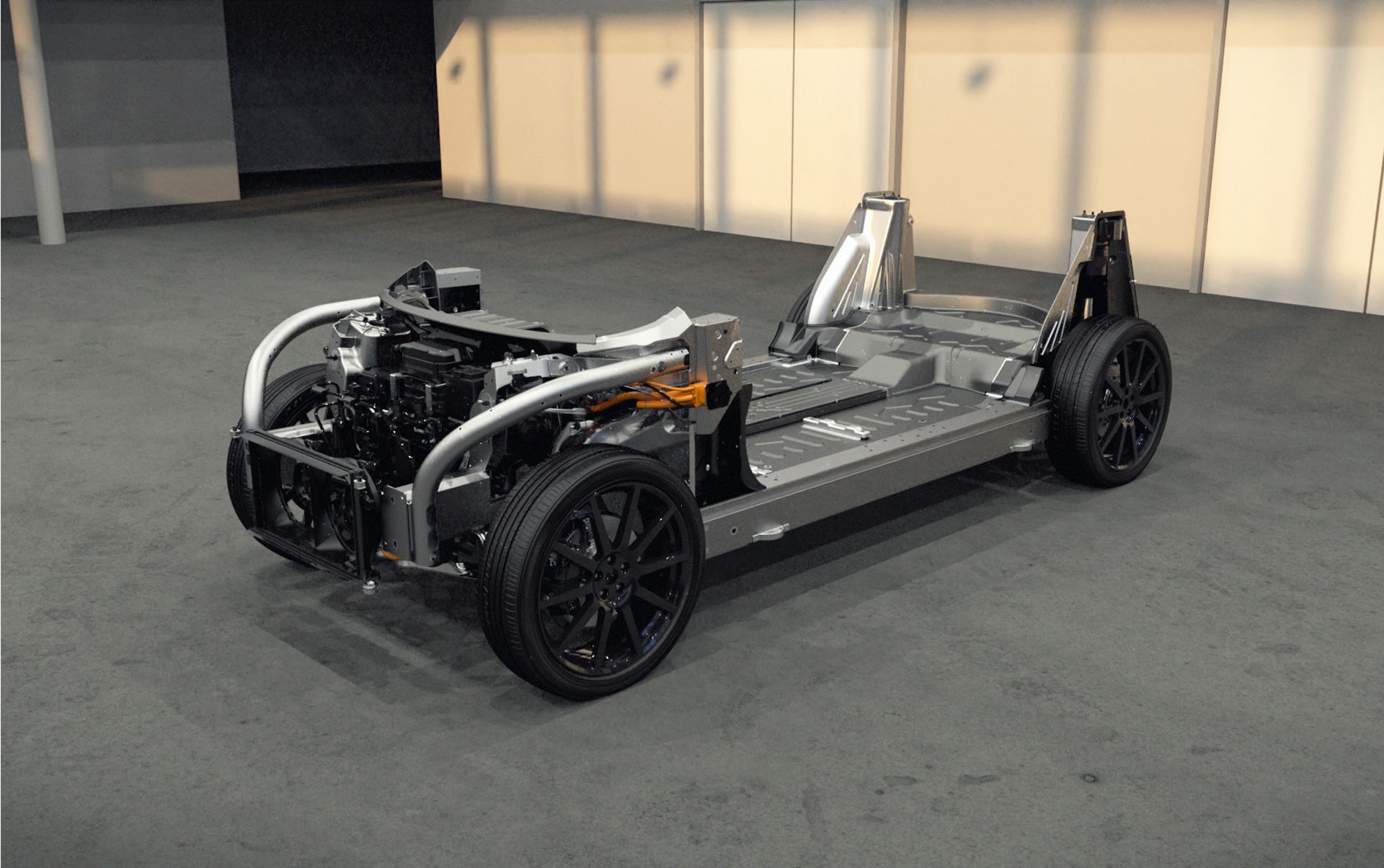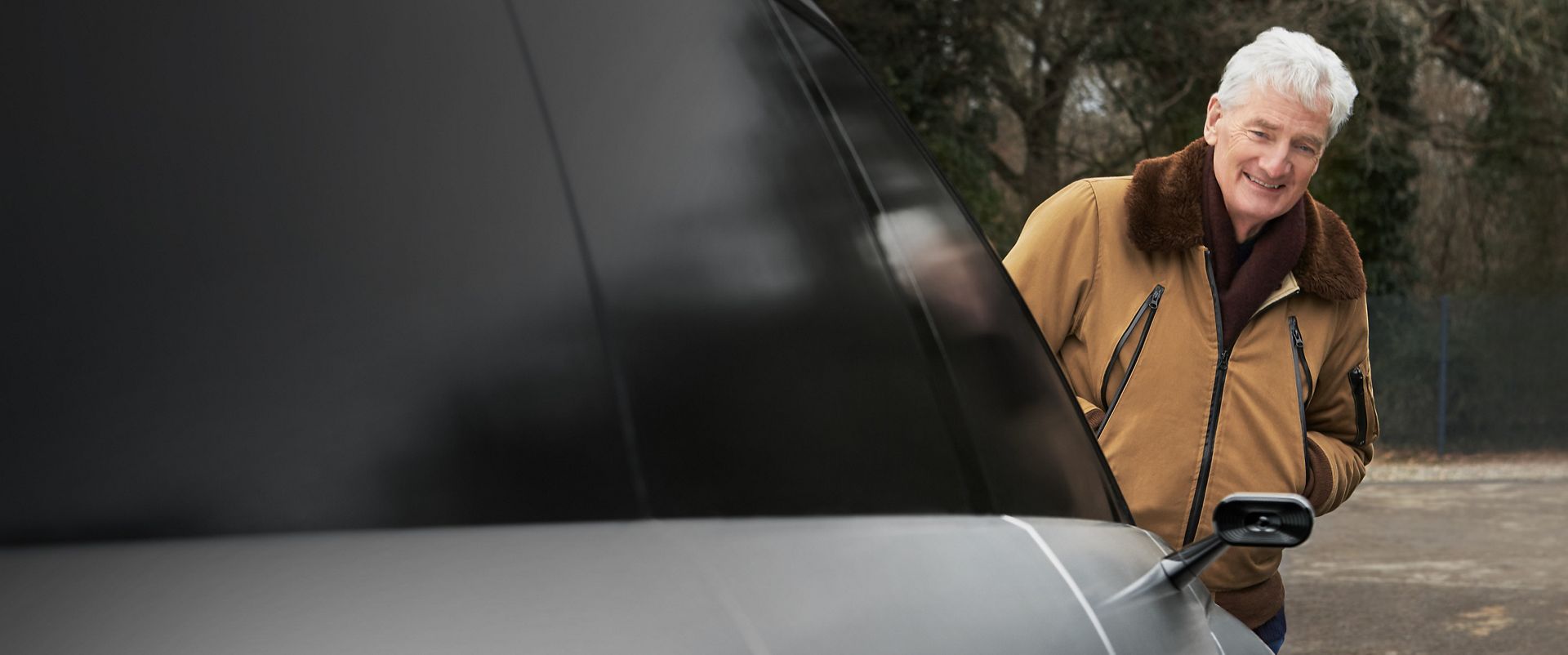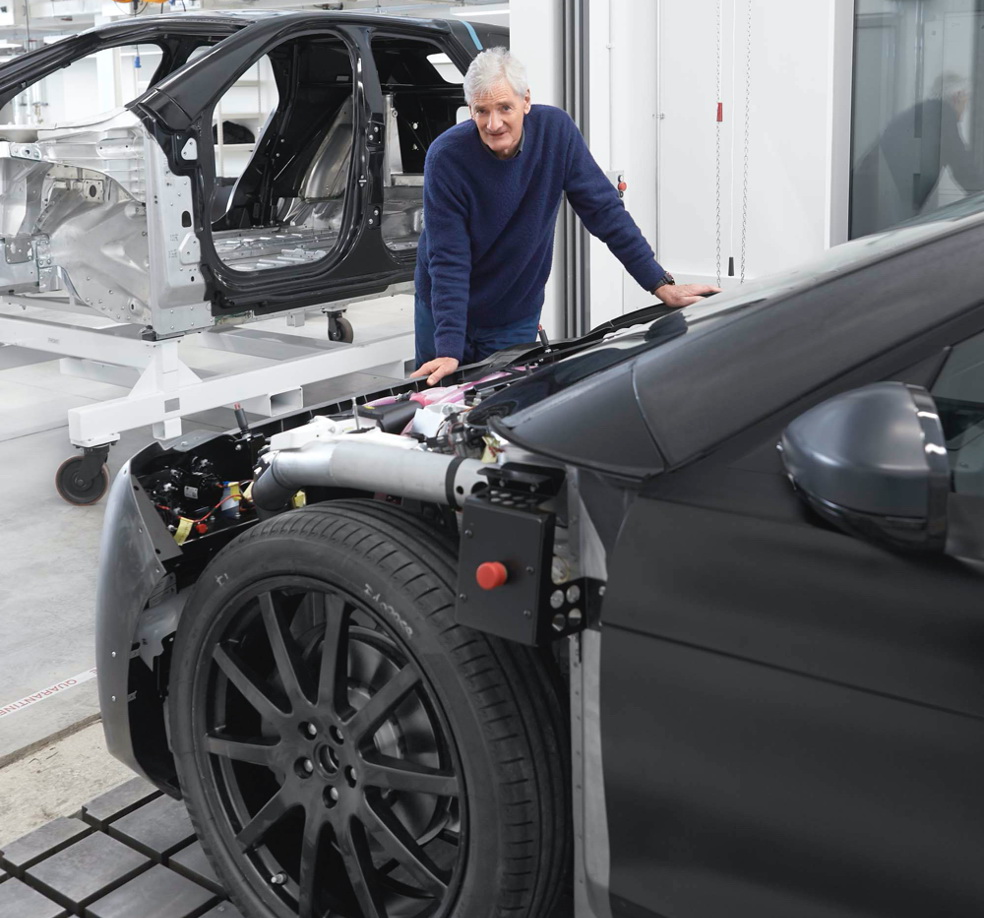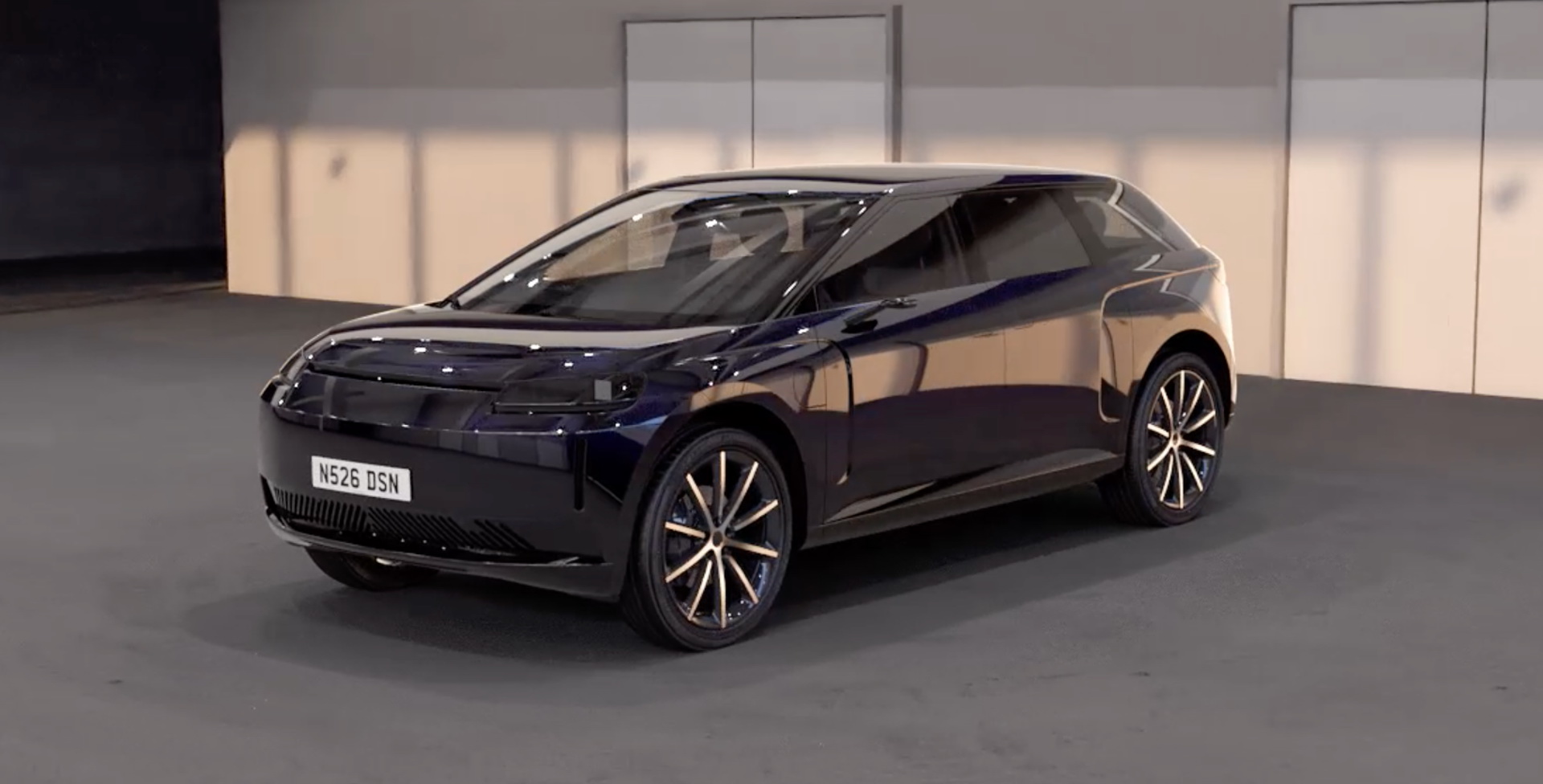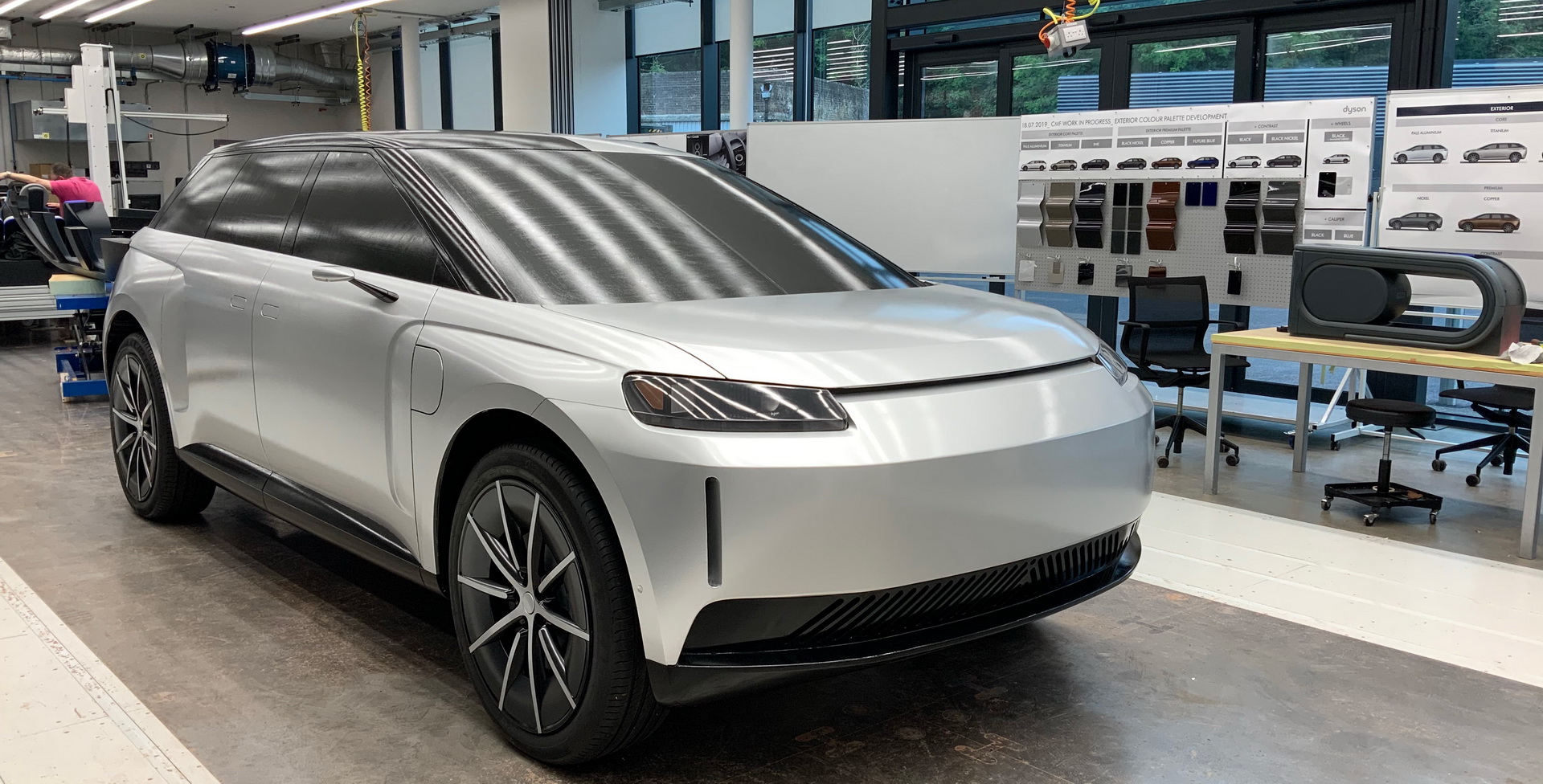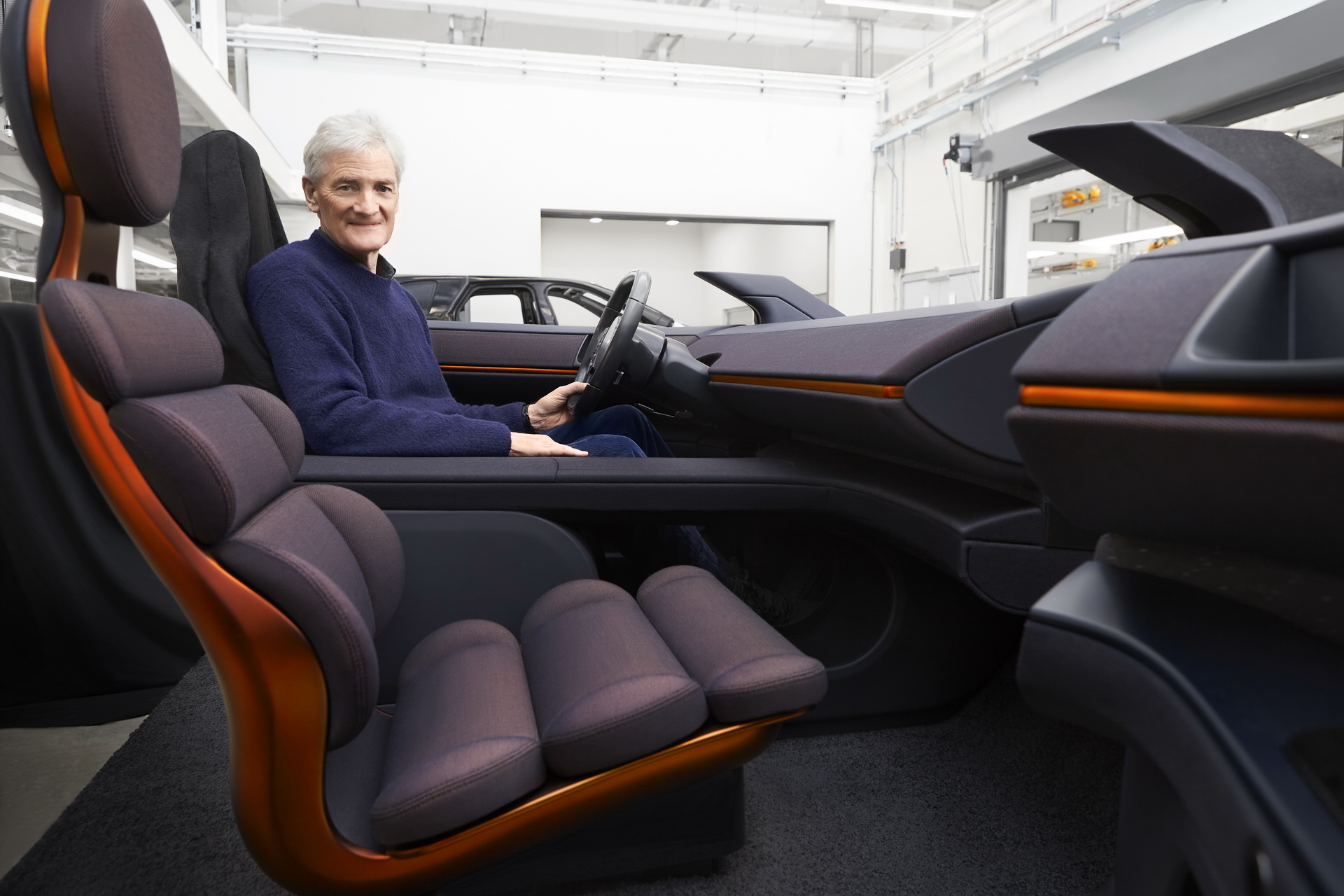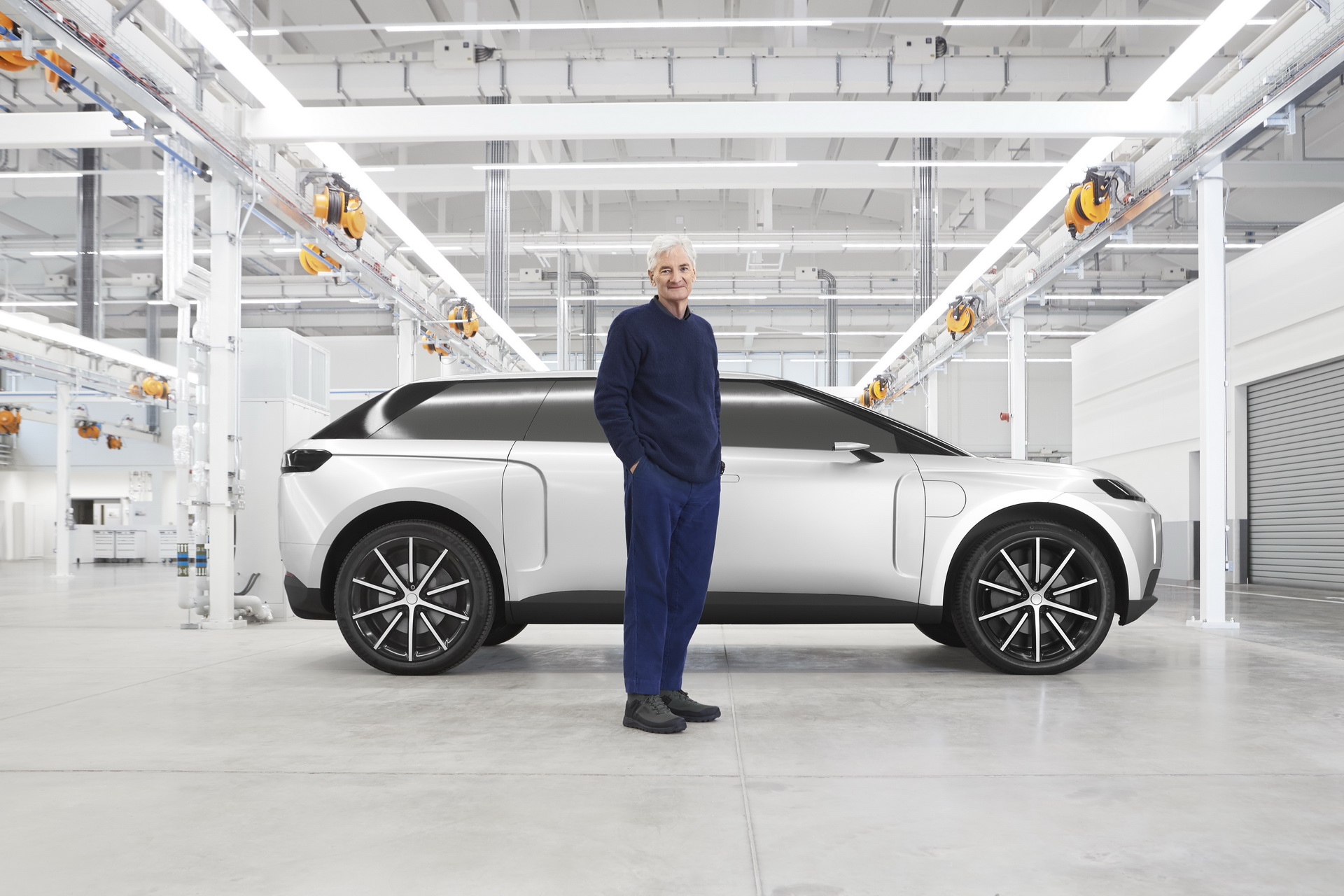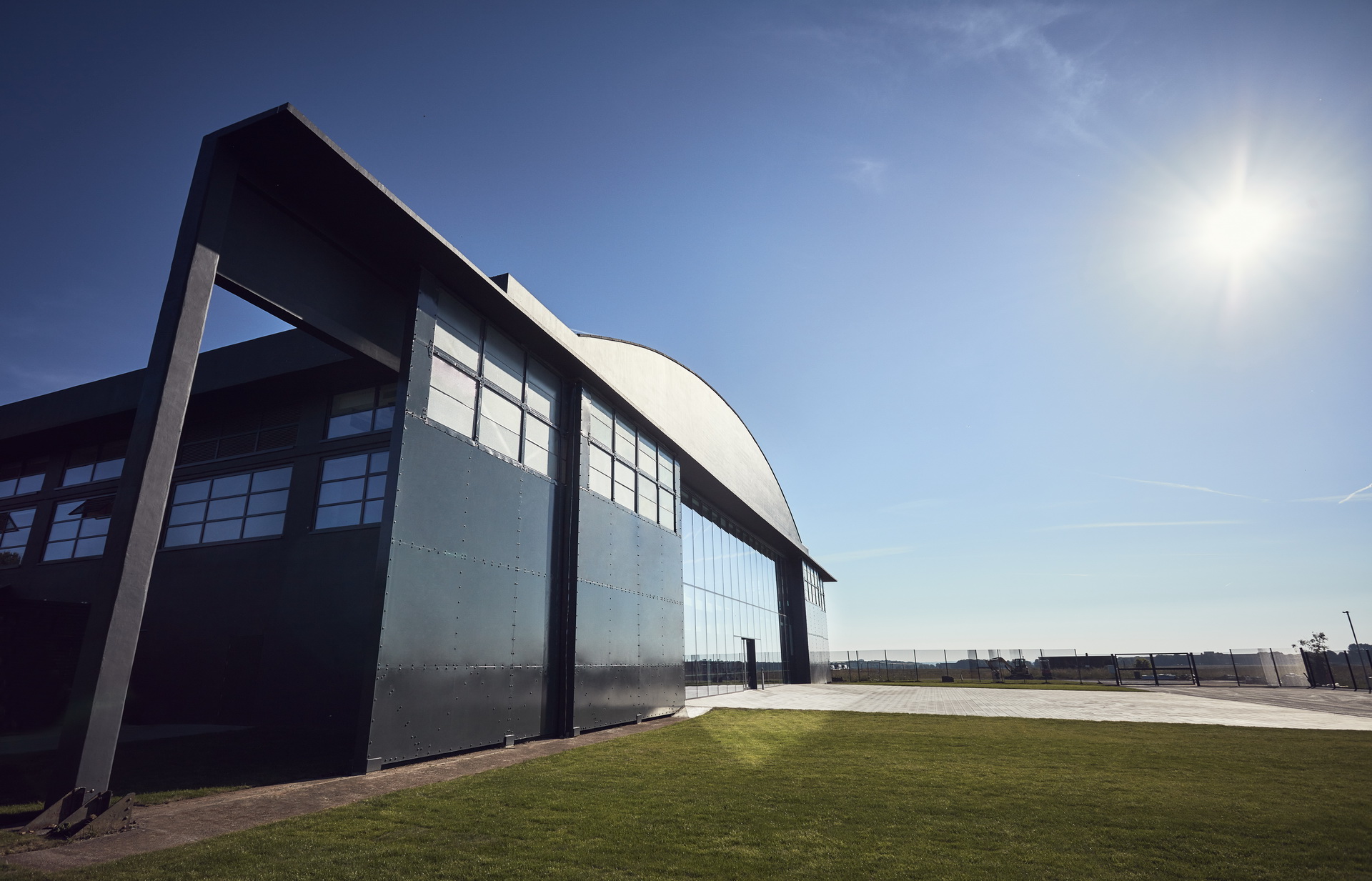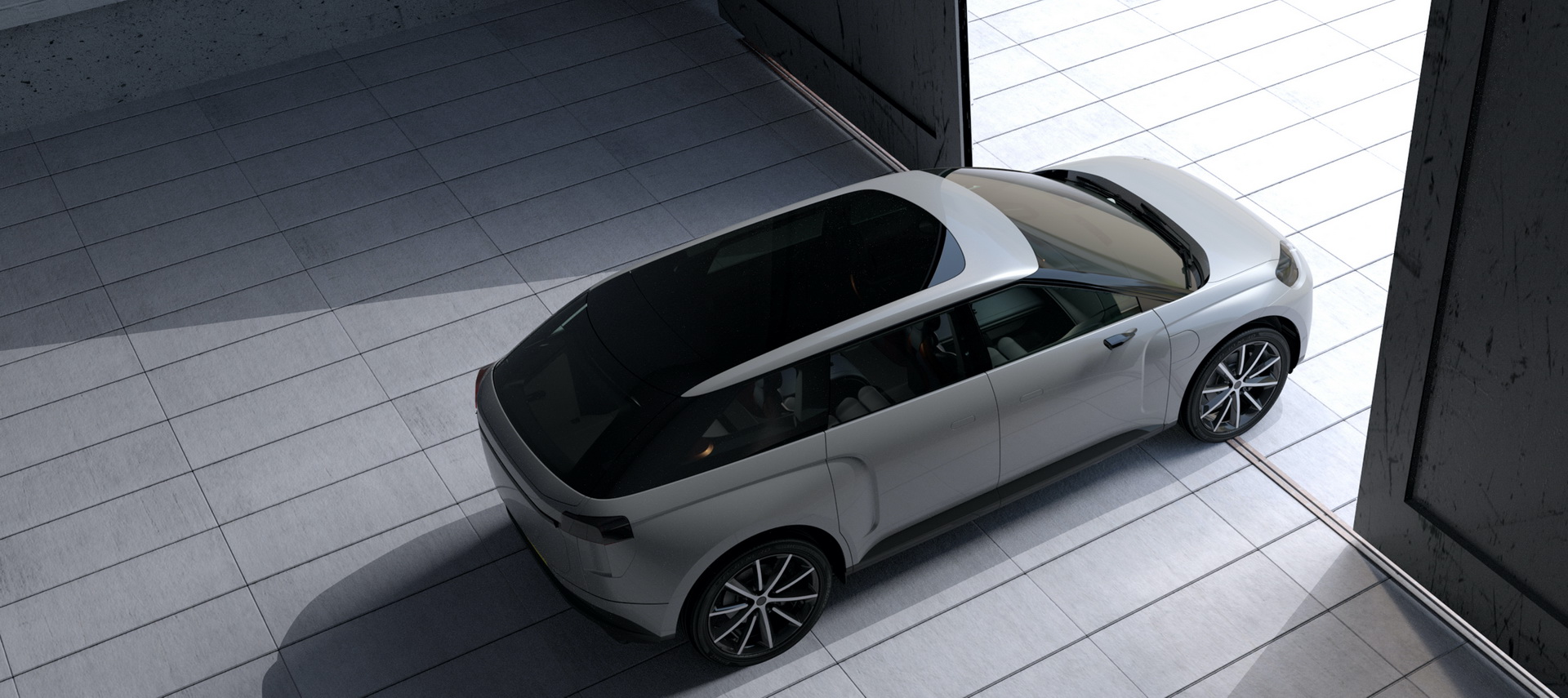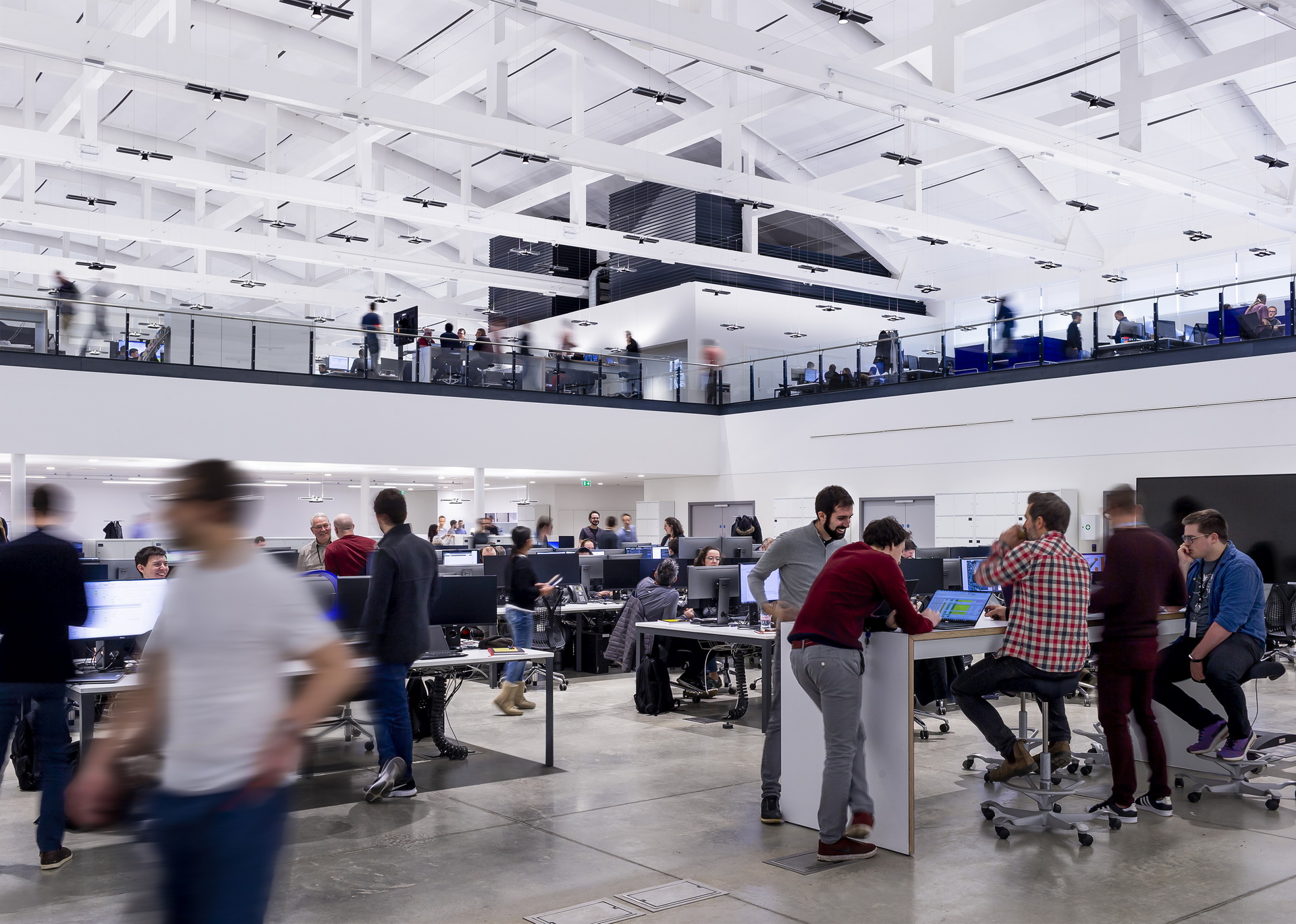Surely you’ve heard by now that Dyson was planning to launch a battery electric vehicle platform on which they could have built several body types, with the first being an SUV. Unfortunately, the project that was aimed to take on Tesla was canceled after it was deemed “not commercially viable”.
Since then we’ve only been given minor glimpses of this prototype’s design. Now, however, we have fresh images and additional details.
Dubbed the N526, this is a seven-seater family hauler (which would make it potential Tesla Model X rival) measuring roughly 5 meters (16.4 feet) long and two meters (6.5 feet) wide, and standing 1.7 meters (5.5 feet) tall. It has an overall simple yet modern design, with flush door handles, camera mirrors and a large panoramic roof.
Related: Dyson’s Decision To Abandon Its Electric Vehicle Should Serve As Warning To Startups
“We developed our car from the ground-up, and didn’t borrow parts from other manufacturers,” said Sir James Dyson. “It was designed as a platform, so we could design other body styles to sit on it. The first model was an SUV; at speed, it would drop itself down to be more aerodynamic and then it could be raised up to give it even more ground clearance.”
“When I first drove our car, I felt exactly the same as when I first used our hairdryer prototype, or the vacuum cleaner – I enjoyed it, but I was not surprised, in fact we immediately looked for improvements! When you’re involved in designing and developing every little detail of a product it takes away the surprise of seeing or using it for the first time.”
The fact that the SUV has a completely flat bottom really helped in terms of ground clearance, while the large wheels come in handy over when it comes to rolling resistance as you can ride over bumps and potholes more easily, argues Dyson.
“It’s the exact opposite of a Mini,” he says. “The wheels are right in the corners and I don’t think you’ll find any other car with the rear wheels as far back as this. The placement and size of the wheels gave us some unexpected advantages in comfort and road holding.”
A 536hp electric drivetrain and A 600-Mile Range
Underneath the prototype’s bodywork is a bespoke electric drive unit comprising the company’s ‘digital’ electric motor, a single speed transmission and a power inverter, all mounted on subframes at the front and rear of the car. In an interview with Autocar, Dyson’s founder revealed that the N526 SUV produced around 536hp and 479lb ft of torque from its two electric motors allowing for a 0-100km/h (62mph) in 4.8 seconds and a top speed of 201km/h (125 mph). It also had an impressive claimed driving range of 600 miles (965 km) – by comparison, the Tesla Model X has a top range of 351 miles (564 km) in Long Range+ specification.
“The high capacity battery pack assembly was designed as an integral part of the body structure to optimize both weight and the space available for occupants in the cabin as well as providing the necessary rigidity and impact protection. The aluminum battery pack casing was flexible in design to allow for a variety of possible sizes and types of battery cell solution to be fitted throughout the life of the vehicle platform without the need for any significant re-engineering.”
Spacious interior for up to seven
Aside from the ample space created by the positioning of the wheels and the absence of an exhaust and engine, the prototype also came with these elegant structural seats featuring strong posture support.
Dyson said he didn’t want typical armchair-style car seats that don’t even feature proper lumbar support in his 7-seater BEV.
“We also used our own air filtration technology in the car to control the environment, not just in terms of temperature but also to clean the air. I also never wanted anyone to have to take their eyes off the road, so that was my starting point – so we have a heads-up display and all the controls are on the steering wheel,” he added.
It would have cost $190,000 just to break even
Sir James Dyson spent roughly $630 million (GBP 500 million) of his own money on this project, before deciding to abandon it. All in, Dyson as a company, had committed to invest $3.15 billion (£2.5 billion) into its newly created automotive unit. In order to break even, Dyson’s founder projected that his company would have had to sell each car for $190,000 (GBP 150,000), which was, obviously, considered unrealistic.
Speaking with The Australian last week, Dyson said: “Electric cars are very expensive to make. The battery, battery management, electronics and cooling are much more expensive than an internal combustion engine.” He added that luxury carmakers like Audi, BMW, Mercedes and Jaguar Land Rover ” are making huge losses on every electric car they sell. They’re doing it because it lowers their average CO2 and NO2 emissions overall, helping them to comply with EU legislation. I don’t have a fleet. I’ve got to make a profit on each car or I’d jeopardize the whole company. In the end it was too risky.”



